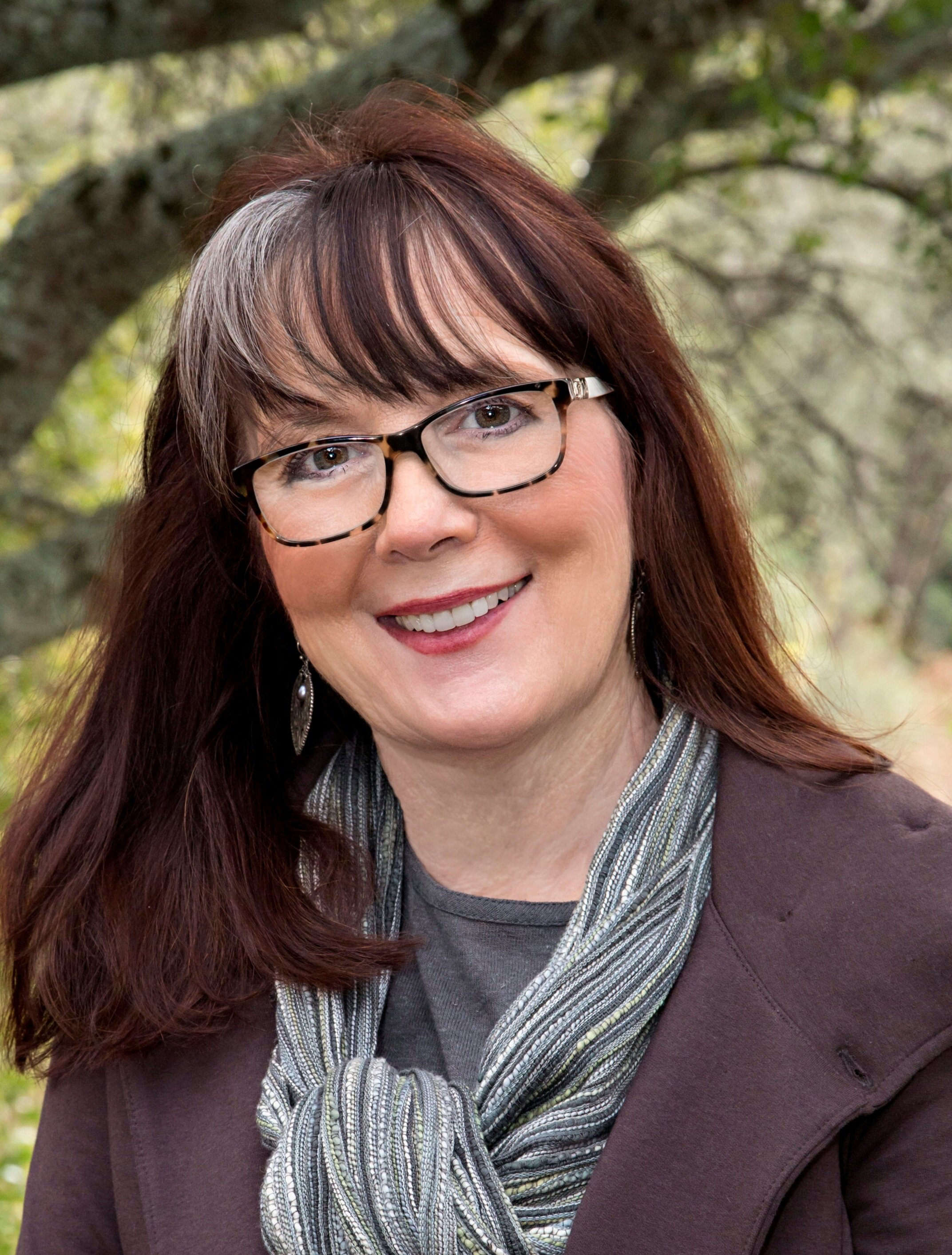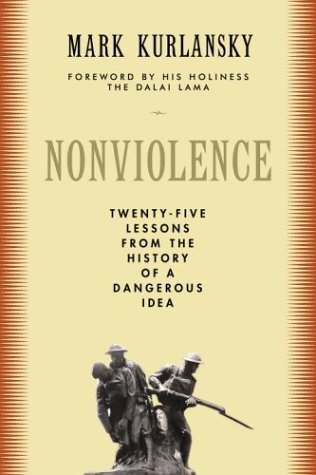"Response Ability & Doing No Harm" with Wendy Wood
Wendy Wood is a conflict transformation colleague of mine. She's one of the co-founders of The Karuna Center for Mindful Engagement, the co-author of the book Do No Harm: Mindful Engagement for a World in Crisis, and a founding member of the Democracy Politics and Conflict Engagement (DPACE) Initiative of Mediators Beyond Borders International. Her professional and personal mission is to help humanity do no harm and heal through compassion.
Wendy's work has brought her to processes of trauma healing and reconciliation in Rwanda and to transformation of conflicts in communities and organizations throughout the United States.
Wendy and I work together on the DPACE Initiative where we are dedicated to bringing helping professionals bring conflict engagement skills to political organizations and social change movements.
In this conversation we talk about the dual role of compassion as it works in two directions, healing both ourselves and others. We marvel at how great that is given the fact that harm also works in two directions.
Get your free copy of this poster at thekarunacenter.org.
Here is a jpeg version.
We talk about Wendy's work to promote mindful and trauma-informed approaches to addressing conflict and all things we do. We talk about taking responsibility and increasing our ability to respond to the needs of others. We talk about the huge challenges that we face in the United States and the world and we celebrate the fact that we have the solution to those challenges, if we choose to use them.
You can find out more about Wendy Wood and her work at:
Explore the DPACE Initiative’s Conflict Literacy Framework Modules
Conflict Literacy - Understand and Engage
Foundations of Conflict Literacy: for Communities and Organizations
Social Justice & Conflict Transformation: An Interest-Based Approach
Conflict Competence - Build Knowledge and Skills
Conflict Engagement Processes and Tools
Wendy Wood, Author, Co-Founder of The Karuna Center and the DPACE Initiative
Check out Duncan’s work as the Chief Transformation Officer at Spoke & Wheel:
Support Fractal Friends:
Watch/Listen to the episode on YouTube. (Subtitles available.
Other Resources
Nonviolence
Satyagraha
Satyagraha is how Mahatma Gandhi describes the form of nonviolent direct action used in the work he did.
“Satyagraha is literally holding on to Truth and it means, therefore, Truth-force. Truth is soul or spirit. It is, therefore, known as soul-force.”
M. K. Gandhi
Read more about Satyagraha here: “Gandhi explains ‘satyagraha’”
“Seeds of Peace”
Here is an excerpt from Creating True Peace by Thich Nhat Hanh
All of us can practice nonviolence. We begin by recognizing that, in the depths of our consciousness, we have both the seeds of compassion and the seeds of violence. We become aware that our mind is like a garden that contains all kinds of seeds: seeds of understanding, seeds of forgiveness, seeds of mindfulness, and also seeds of ignorance, fear, and hatred. We realize that, at any given moment, we can behave with either violence or compassion, depending on the strength of these seeds within us.
More Nonviolence Resources
In the episode I talk about Nonviolence: Twenty-Five Lessons from the History of a Dangerous Idea by Mark Kurlansky. See the twenty-five lessons on the right.
I highly recommend the podcast series by The Thread about “The History of Nonviolence.” It is a six episode series that follows the history of nonviolence from the work Martin Luther King, back through Bayard Rustin, Mohandas Gandhi, Leo Tolstoy, William Lloyd Garrison and all the individuals that contributed to keeping this powerful tool alive.
Trauma Healing and Resilience
Trauma Stewardship: An Everyday Guide to Caring for Self While Caring for Others by Laura van Dernoot Lipsky and Connie Burke
Here are some resources from Mediators Beyond Borders International:
Check out this seminal text Trauma Stewardship: An Everyday Guide to Caring for Self While Caring for Others by Laura van Dernoot Lipsky and Connie Burke of the Trauma Stewardship Institute.
This is the article by past Fractal Friends guest, Kazu Haga, that we discuss in the episode: “Fighting injustice can trigger trauma — we need to learn how to process it and take healing action”
Rwanda:
Here are some resources to learn more about the reconciliation and healing process after the Rwandan genocide
“Rwanda, part 4: The ‘reconciliation villages’ where genocide survivor and perpetrator live side by side” by Marie Anne Dushimimana, The New Humanitarian
“How a Nation Reconciles After Genocide Killed Nearly a Million People” By Megan Specia, New York Times
“Healing wounds of Rwanda’s genocide by reconciling survivor and perpetrator” (PBS NewsHour)
Nonviolence: Twenty-Five Lessons from the History of a Dangerous Idea by Mark Kurlansky.
Kurlansky summarizes the Twenty-Five Lessons from the History of Nonviolence as follows:
There is no proactive word for nonviolence [in English].
Nations that build military forces as deterrents will eventually use them.
Practitioners of nonviolence are seen as enemies of the state.
Once a state takes over a religion, the religion loses its nonviolent teachings.
A rebel can be defanged and co-opted by making him a saint after he is dead.
Somewhere behind every war there are always a few founding lies.
A propaganda machine promoting hatred always has a war waiting in the wings.
People who go to war start to resemble their enemy.
A conflict between a violent and a nonviolent force is a moral argument. If the violent side can provoke the nonviolent side into violence, the violent side has won.
The problem lies not in the nature of man, but in the nature of power.
The longer a war lasts, the less popular it becomes.
The state imagines it is impotent without a military because it can not conceive of power without force.
It is often not the largest, but the best organized and most articulate group that prevails.
All debate momentarily ends with an enforced silence once the first shots are fired.
A shooting war is not necessary to overthrow an established power, but is used to consolidate the revolution itself.
Violence does not resolve; it always leads to more violence.
Warfare produces peace activists. A group of veterans is a likely place to find peace activists.
People motivated by fear do not act well.
While it is perfectly feasible to convince a people faced with brutal oppression to rise up in a suicidal attack on their oppressor, it is almost impossible to convince them to meet deadly violence with nonviolent resistance.
Wars do not have to be sold to the general public if they can be carried out by an all-volunteer professional military.
Once you start the business of killing, you just get deeper and deeper without limits.
Violence always comes with a supposedly rational explanation, which is only dismissed as irrational if the violence fails.
Violence is a virus that infects and takes over.
The miracle is that despite all of society's promotion of warfare, most soldiers find warfare to be a wrenching departure from their own moral values.
The hard work of beginning a movement to end war has already been done.
Related Fractal Friends episodes:
“Rediscovering & Healing Our Ancestors” with Lyla June
"Understanding our Shared Liberation" with David Dean
"Using Dialogue to Heal Local & Global Ruptures" with Pablo Lumerman
"Transforming Conflict and Co-Creating the Future of Democracy" with Kenneth Cloke
"Power, Love and Nonviolence" with Kazu Haga
"Transforming the World with an Open Heart" with Abdul Mujeeb Khan
Music
This episode features the Tibetan chant “Om Mani Padme Hum” this was downloaded free from Orange Free Sounds.
Learn more about this mantra here: https://www.yogiapproved.com/om/om-mani-padme-hum/






